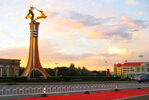Errentai Opera
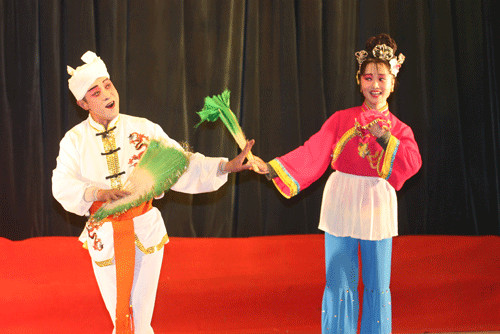 |
|
Errentai Opera performance [Photo/chinaculture.org] |
Errentai Opera is a traditional Chinese folk opera from Shanxi province which was developed in the west Inner Mongolia autonomous region, Shanxi, Shaanxi and Hebei provinces. The opera can be traced back to the middle of the 18th century, during the reign of the Emperors Daoguang (1821-1850) and Guangxu (1871-1907) in the Qing Dynasty (1644-1911).
Erren literally means two people, and tai means stage. Errentai therefore refers to a kind of folk opera which two performers, usually one male and the other female, perform onstage.
Derived from folk songs, it has over the years gained a lot of popularity for its lively performances, bold and unstrained singing style, and melodious tunes. In addition, it has gradually developed different styles in different areas.
A total of 120 traditional Errentai plays have been created, mainly depicting the hardships of rural life at that time or true love stories. Some of them are based on myths or historical tales.
Some well-known operas include “Zouxikou (Leaving hometown to do business)”, “Tanbing (Visiting a patient)”, “Guahongdeng (Hanging the red lantern)” and “Touhongxie” (Stealing red shoes).
The opera is accompanied by a “Sihu” (four-stringed urheen), a “Mei” (a kind of flute) and a dulcimer. Later on, “Bangzi” (a wooden clapper) and “Sikuaiwa” (a kind of percussion instrument) were added as accompanying musical instruments.
Stage props include handkerchiefs, folding fans, rattle sticks and paper stripes (or silk stripes).
Errentai Opera was listed as a national intangible cultural heritage on May 20, 2006.

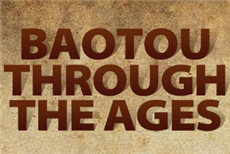
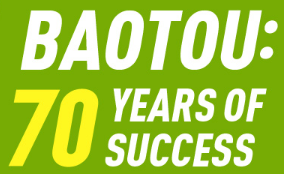
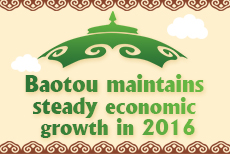
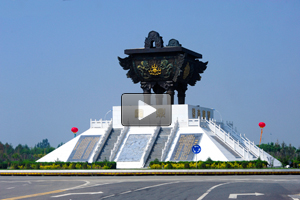
 Baotou, China
Baotou, China